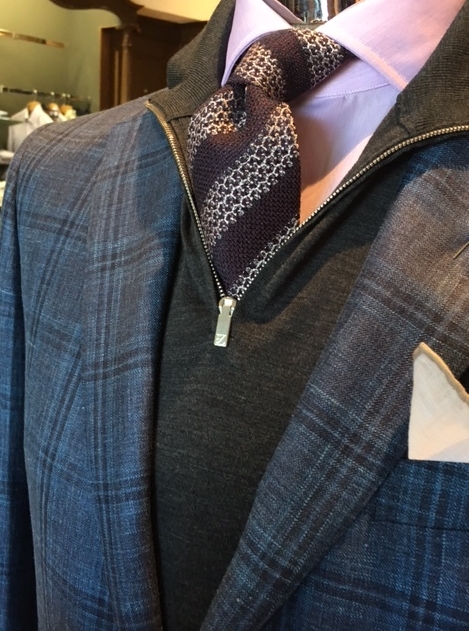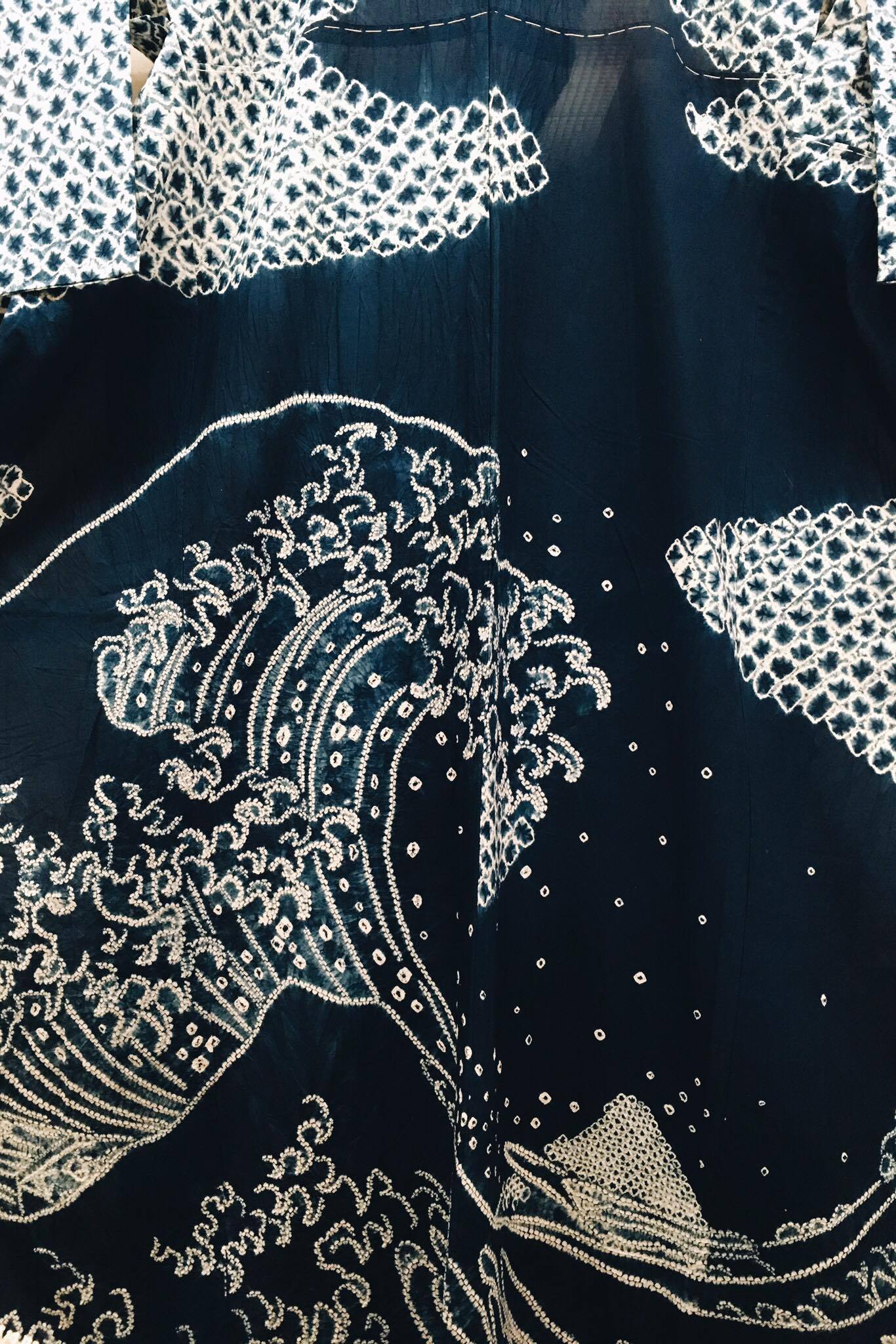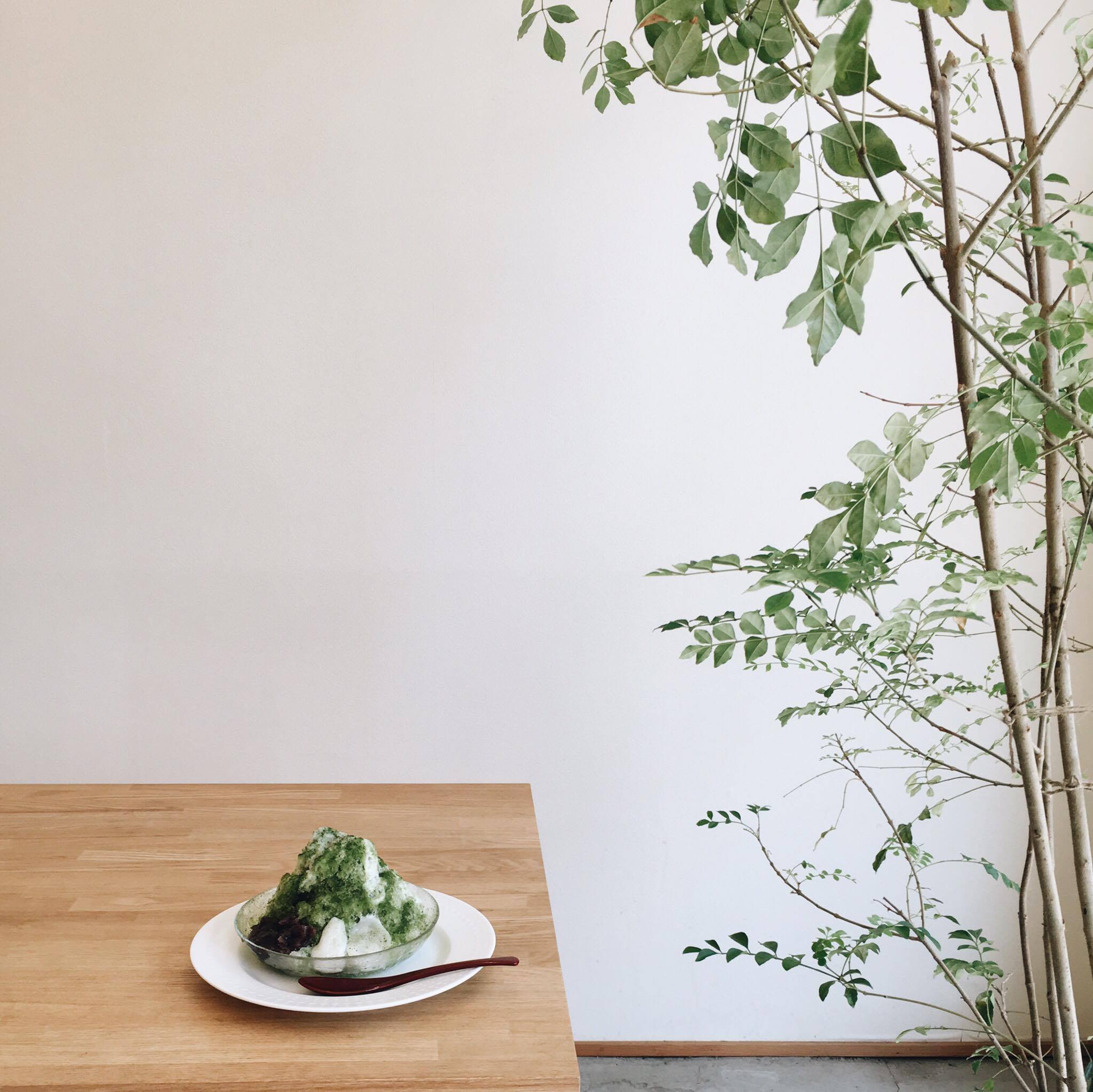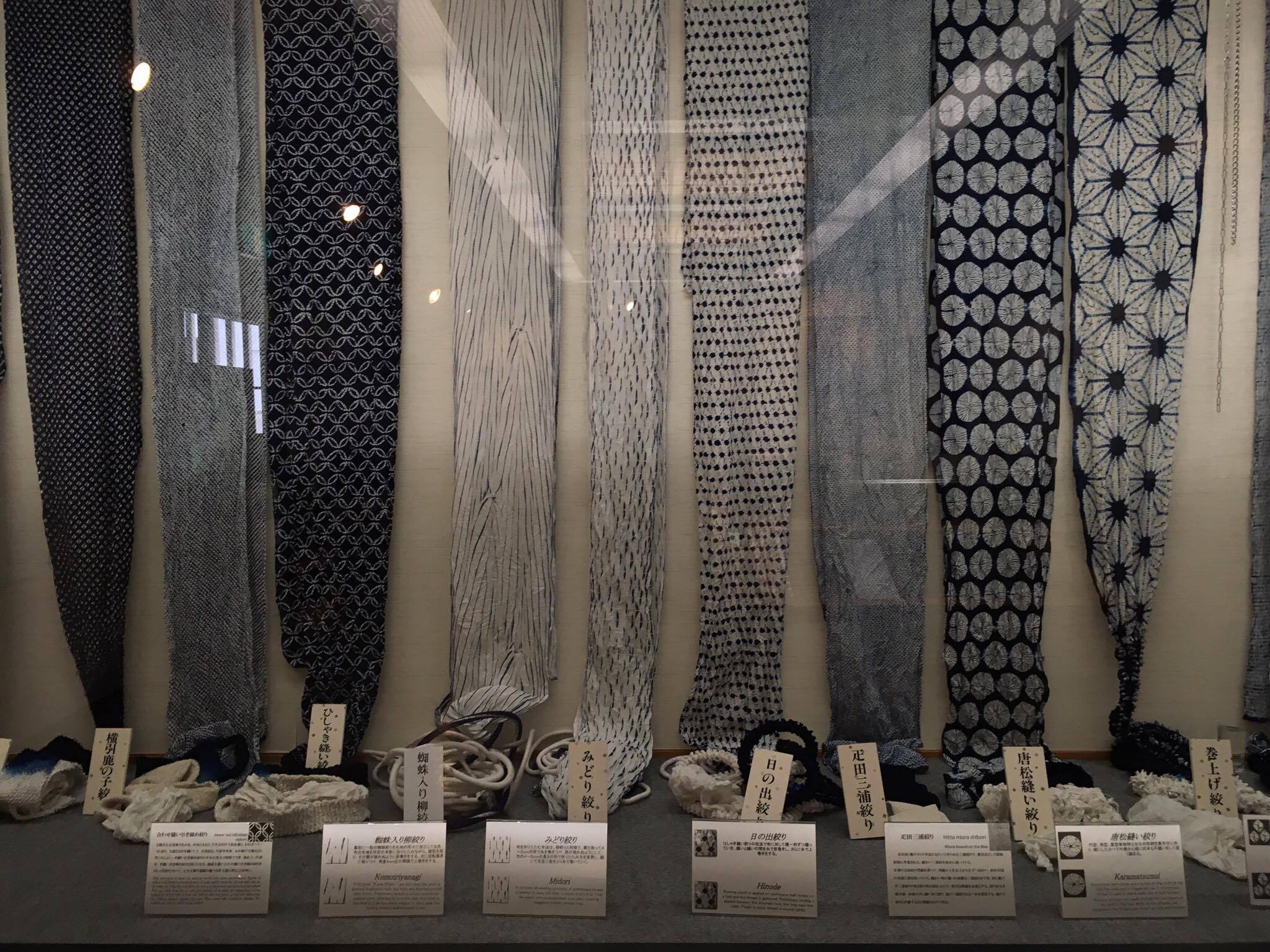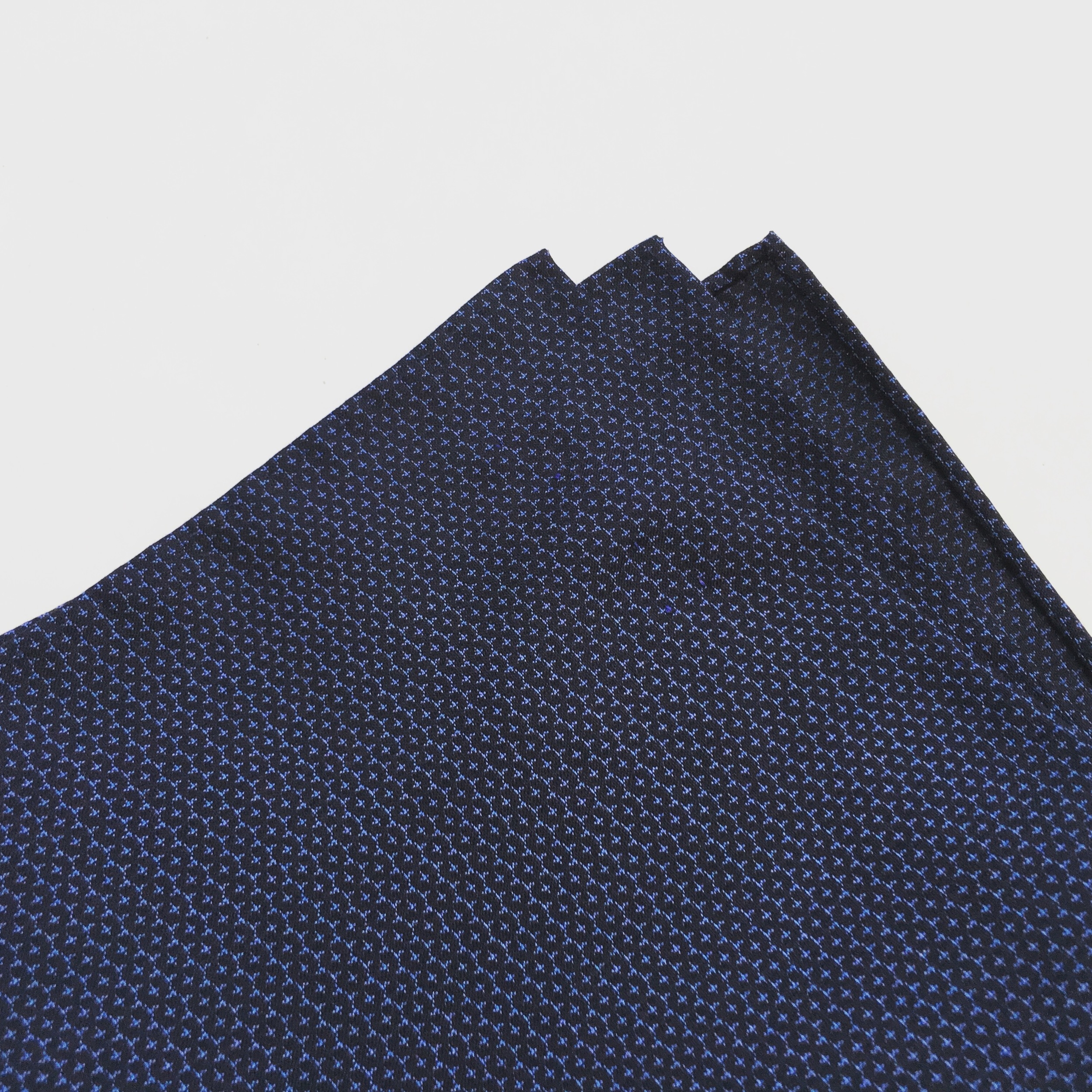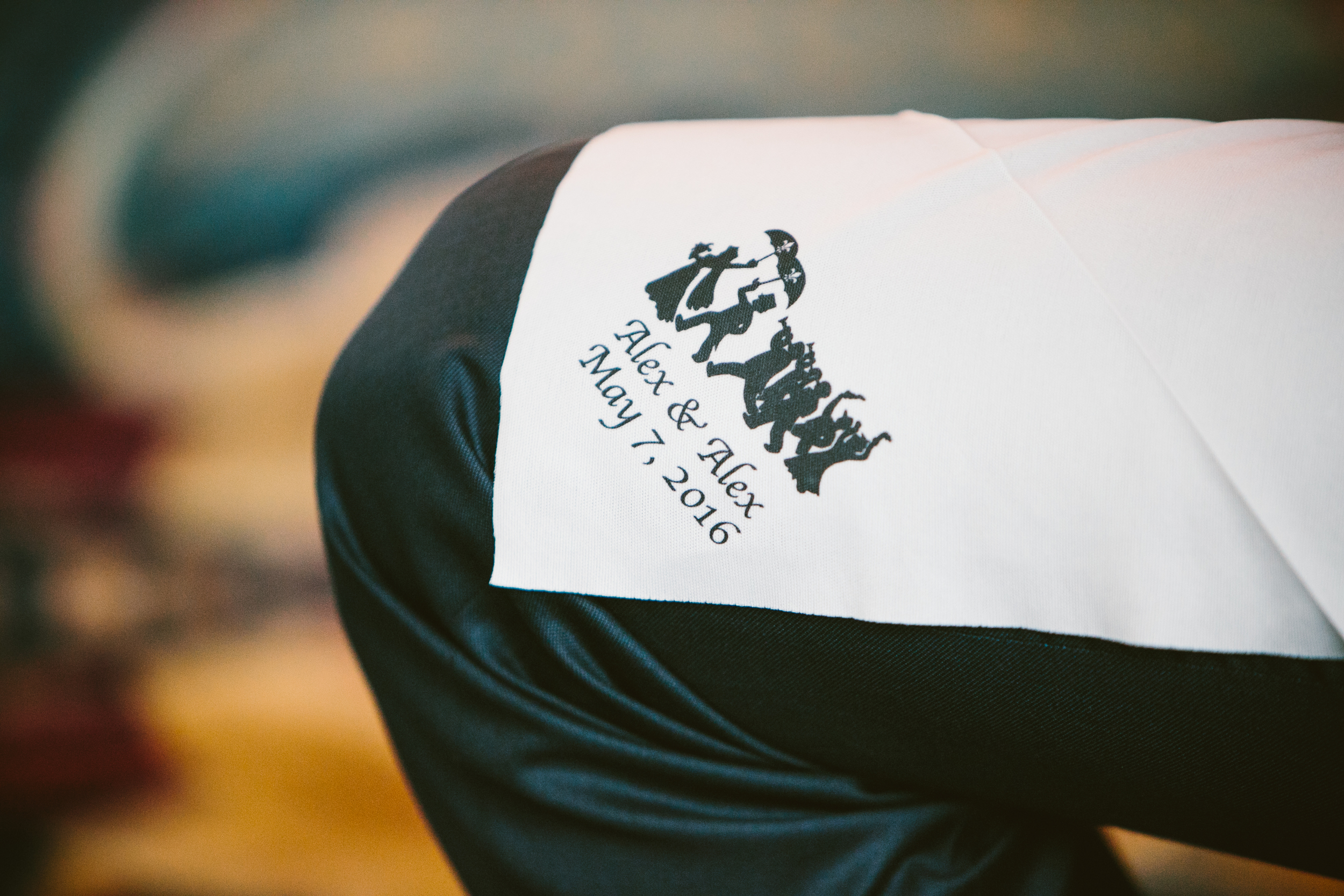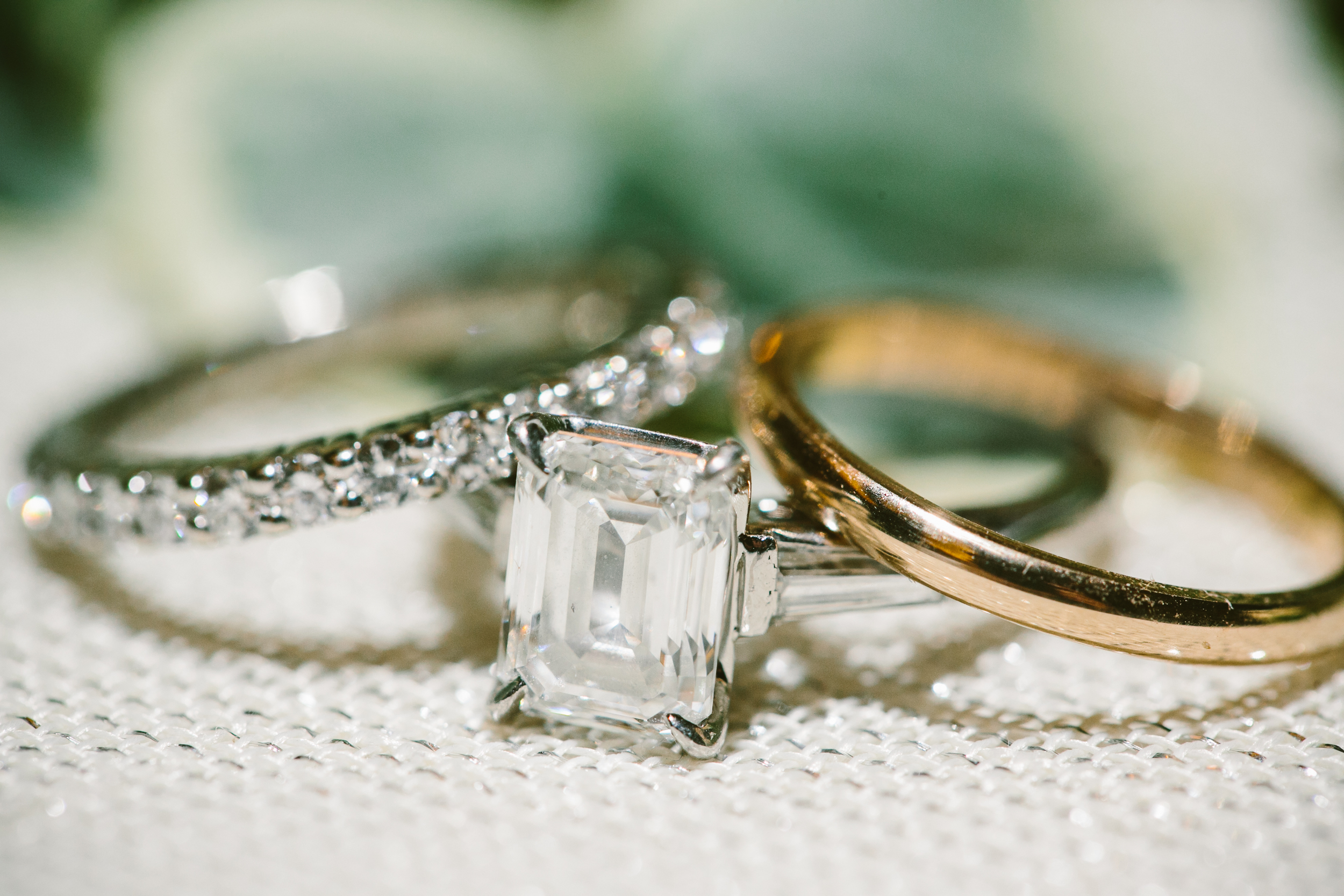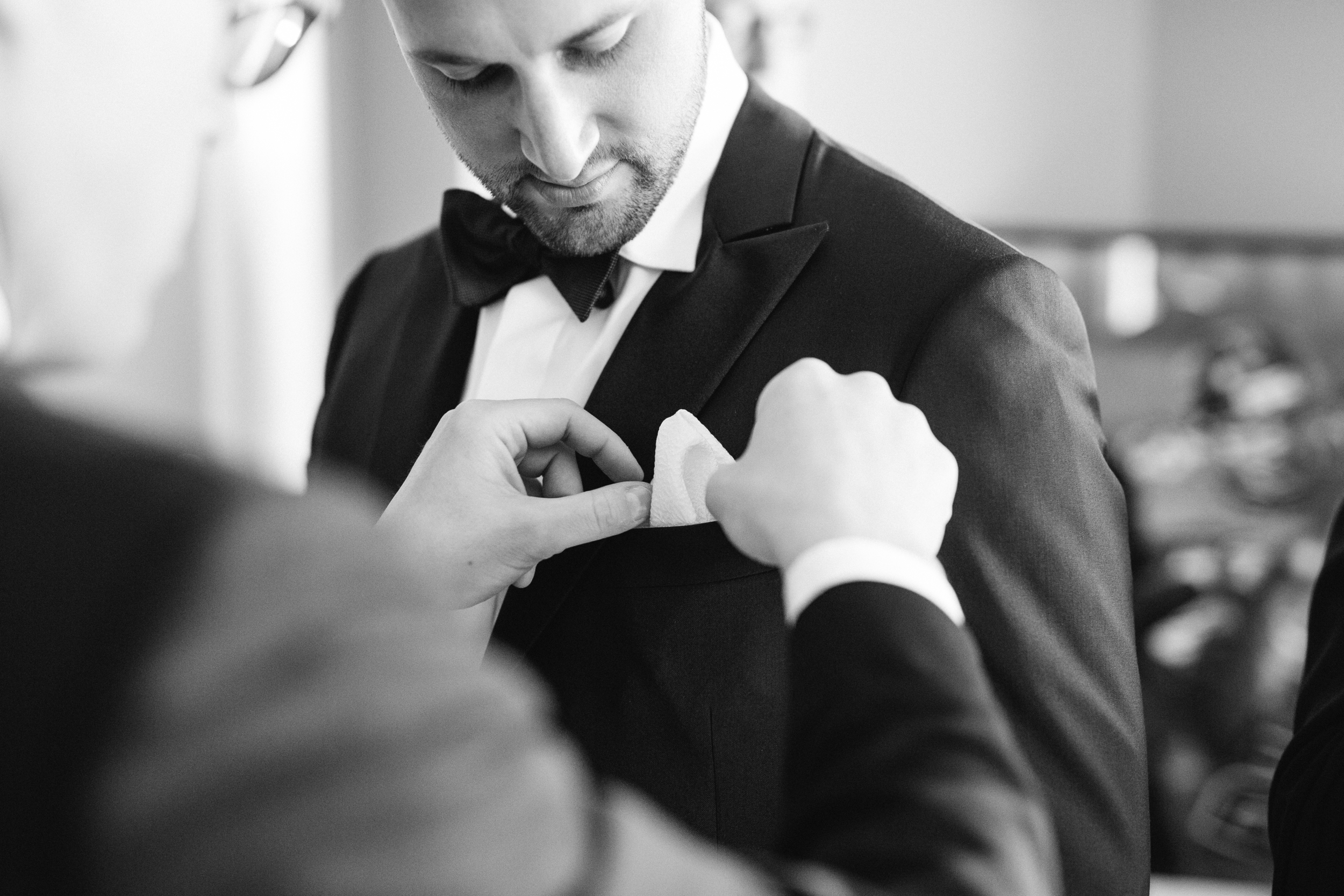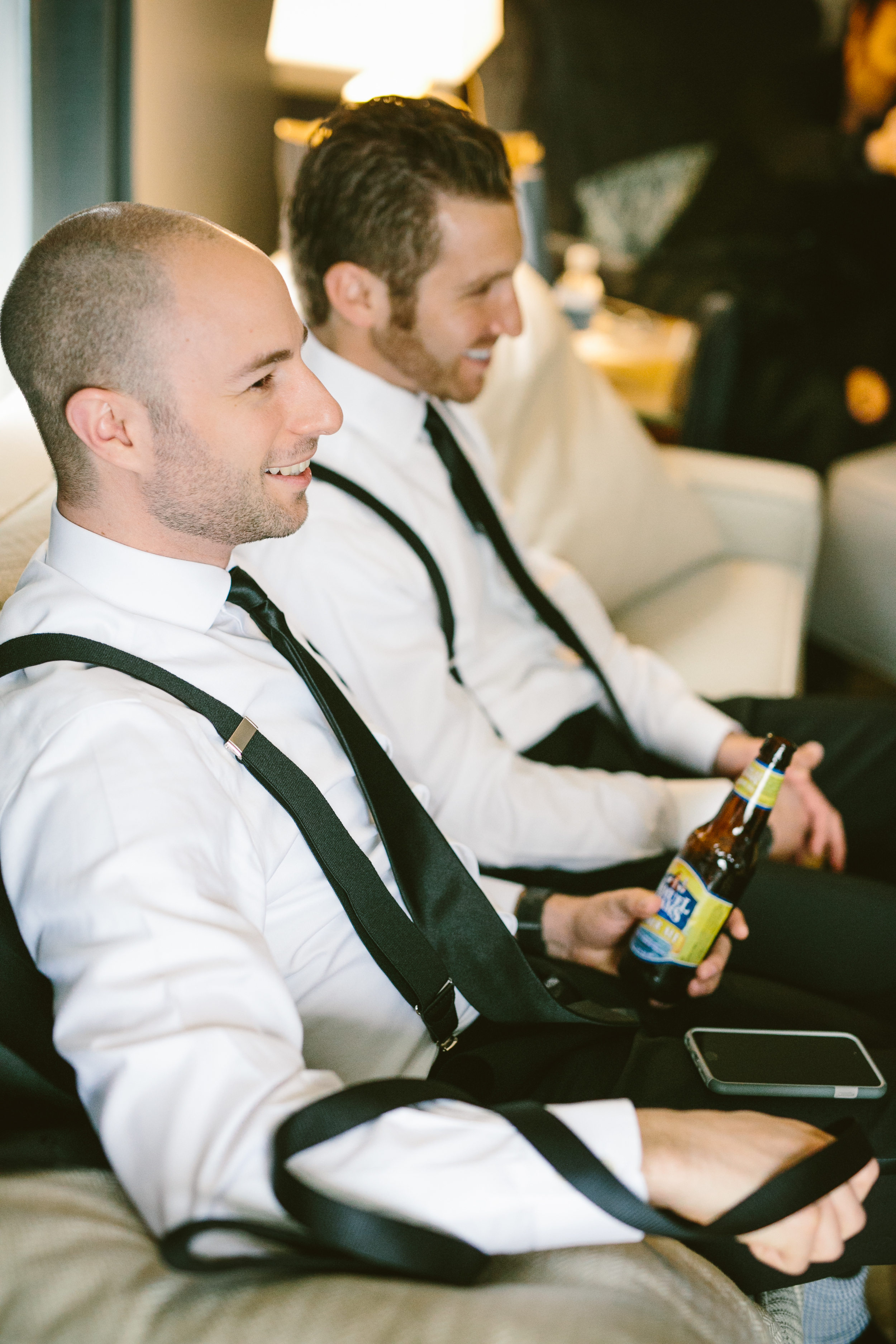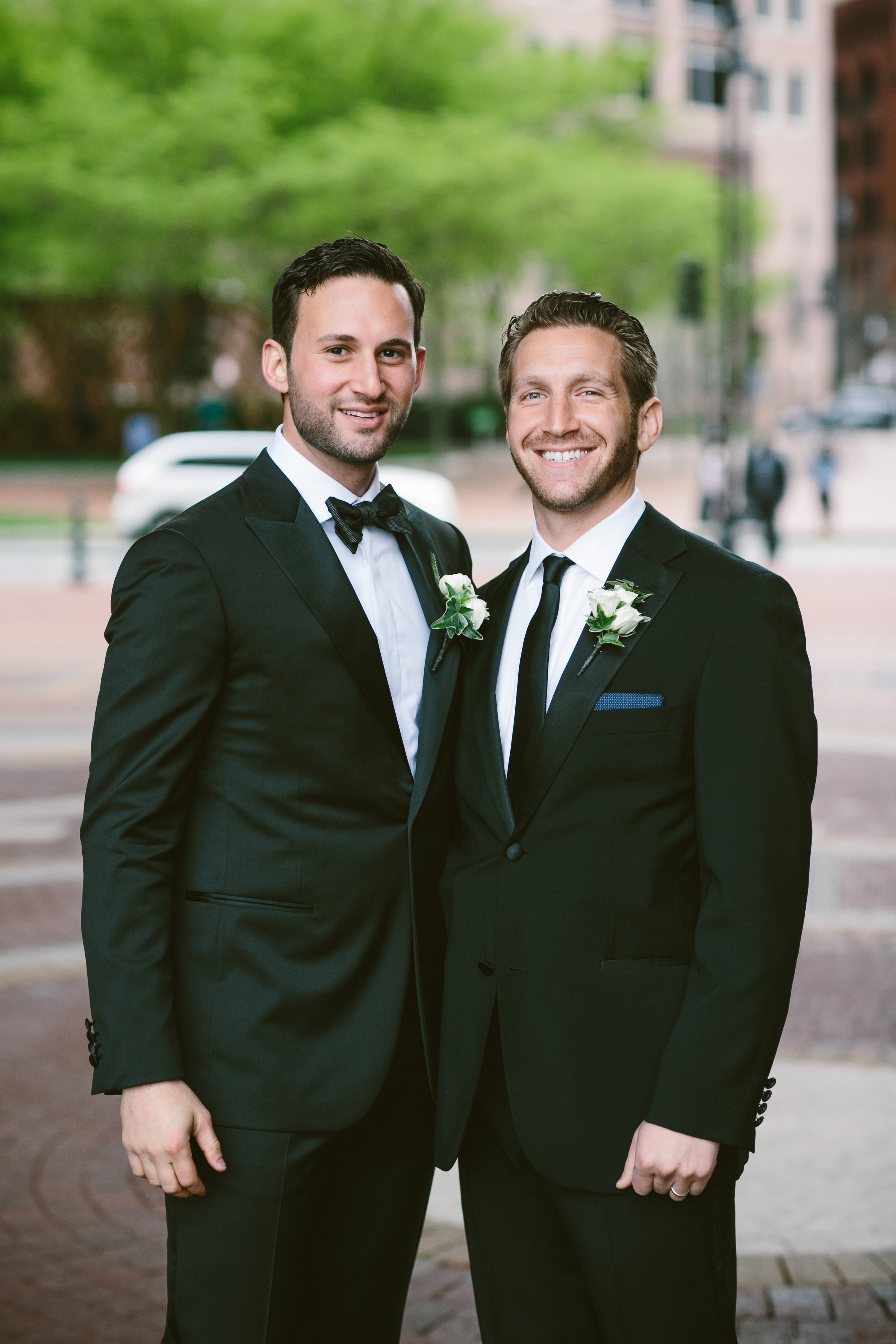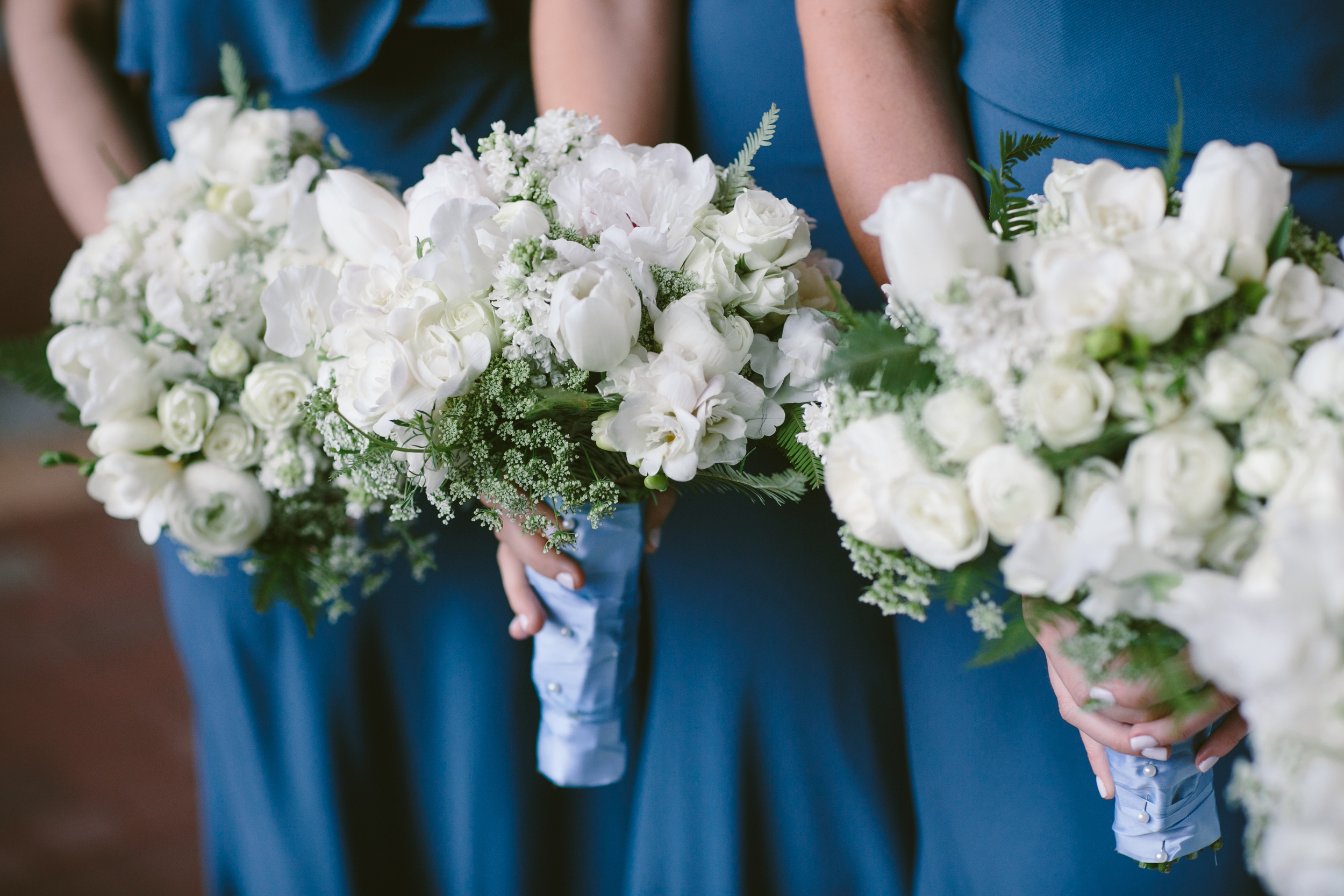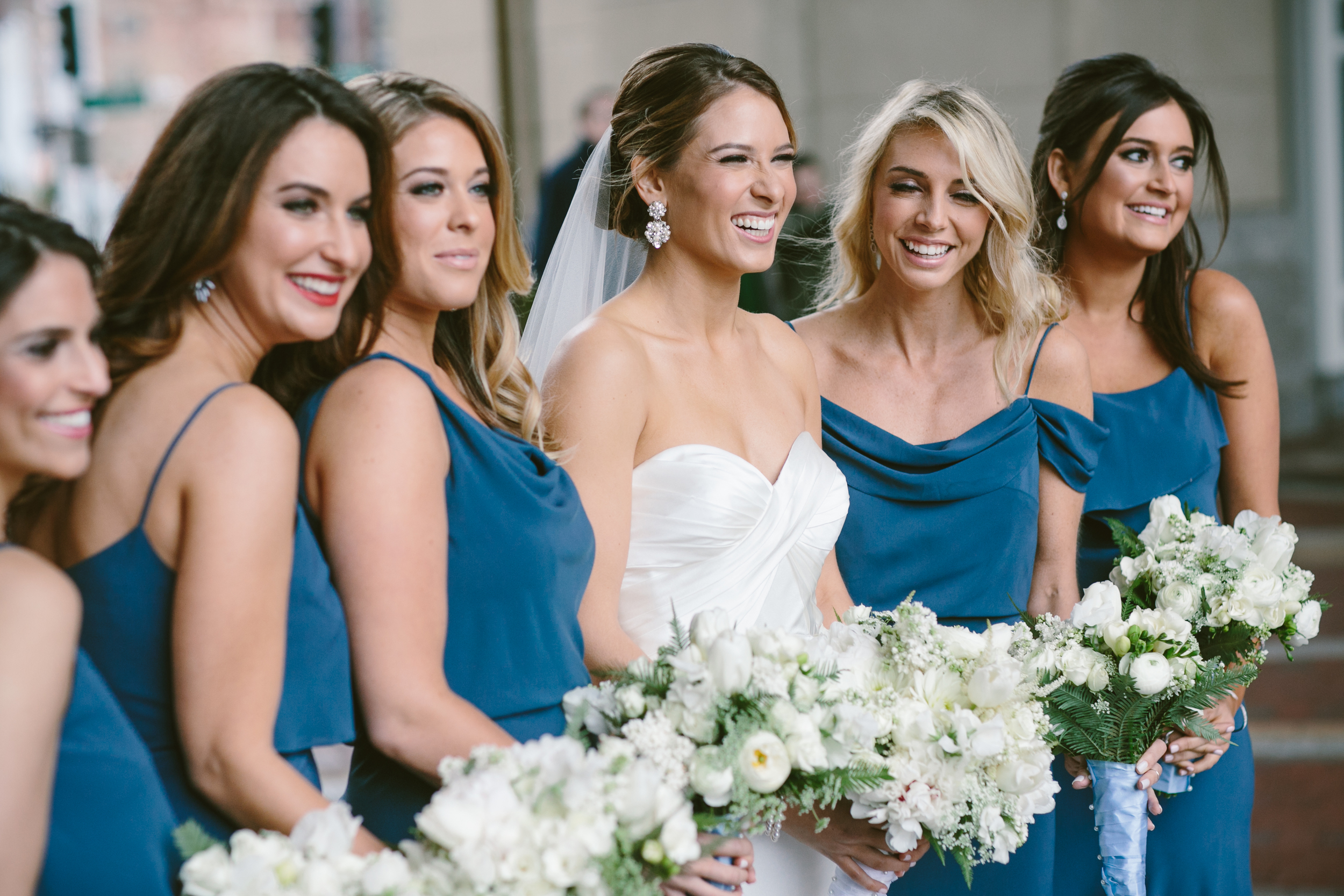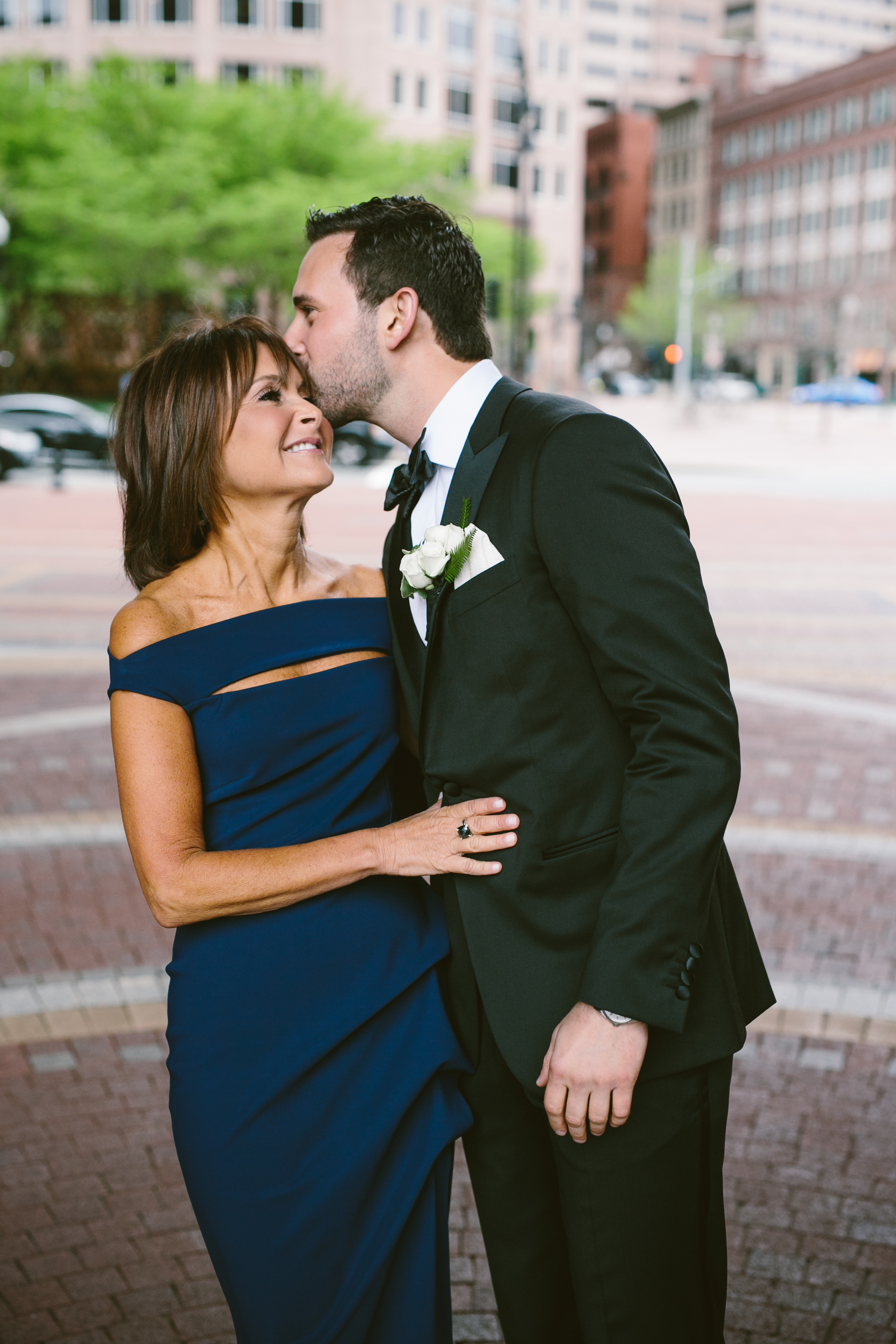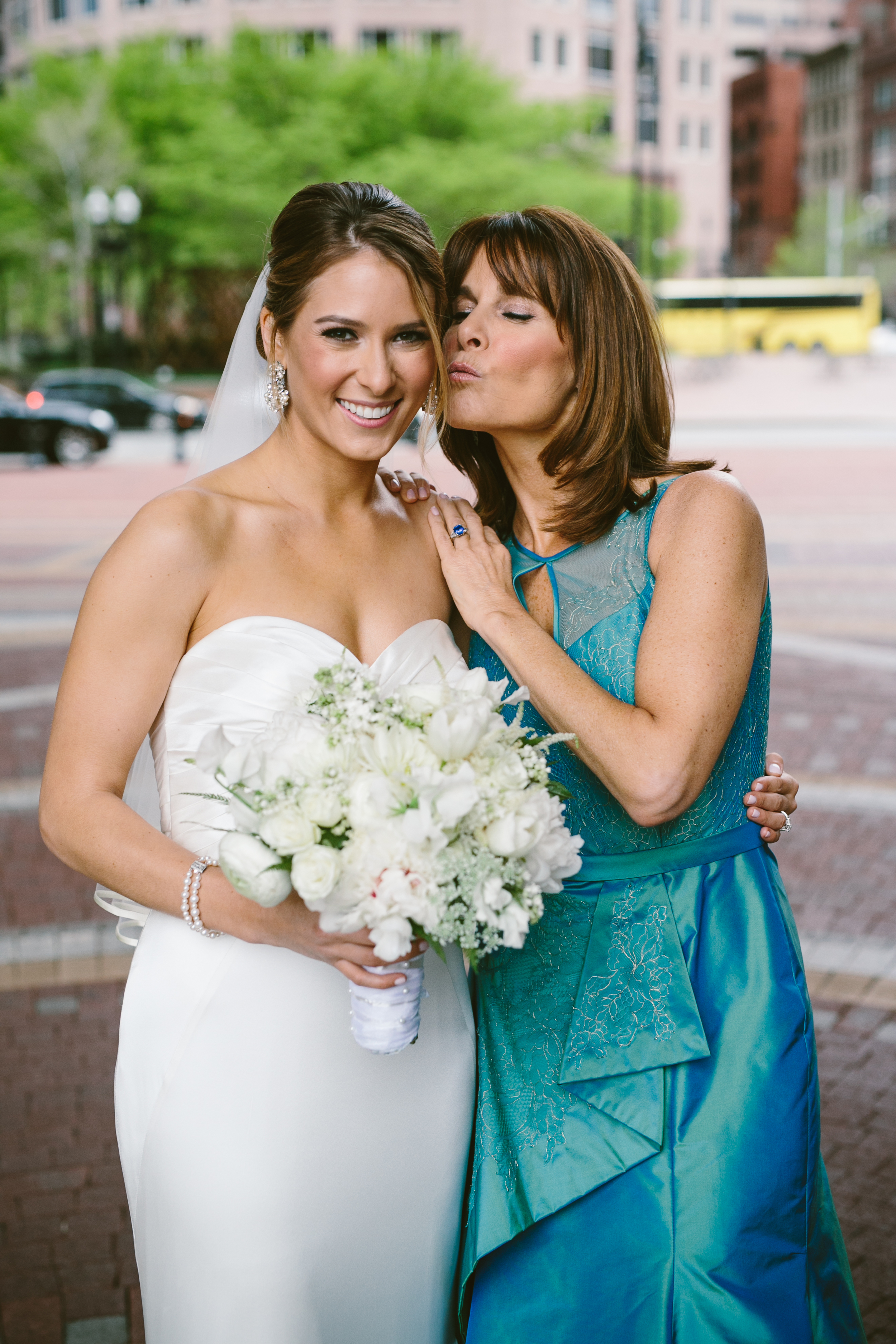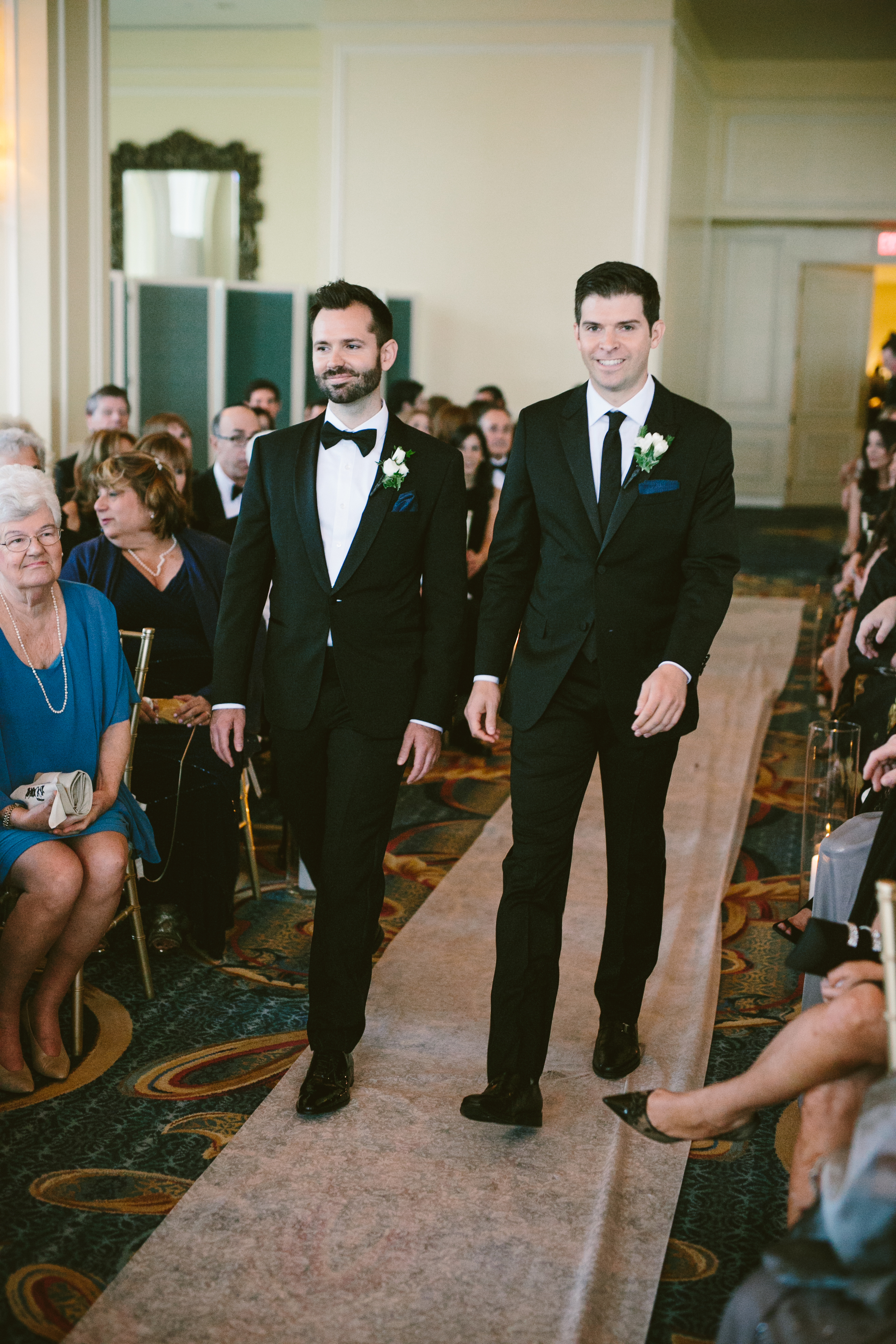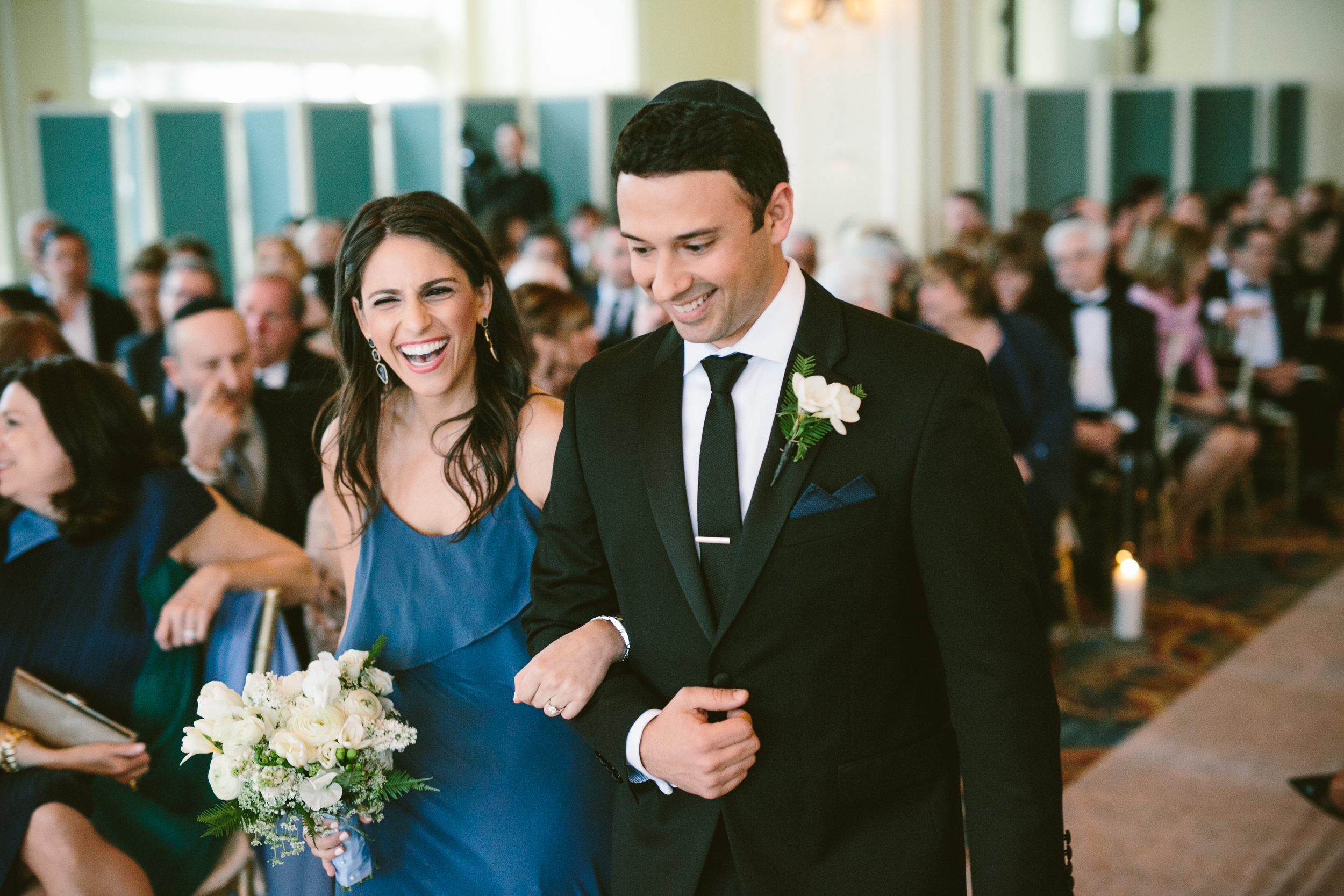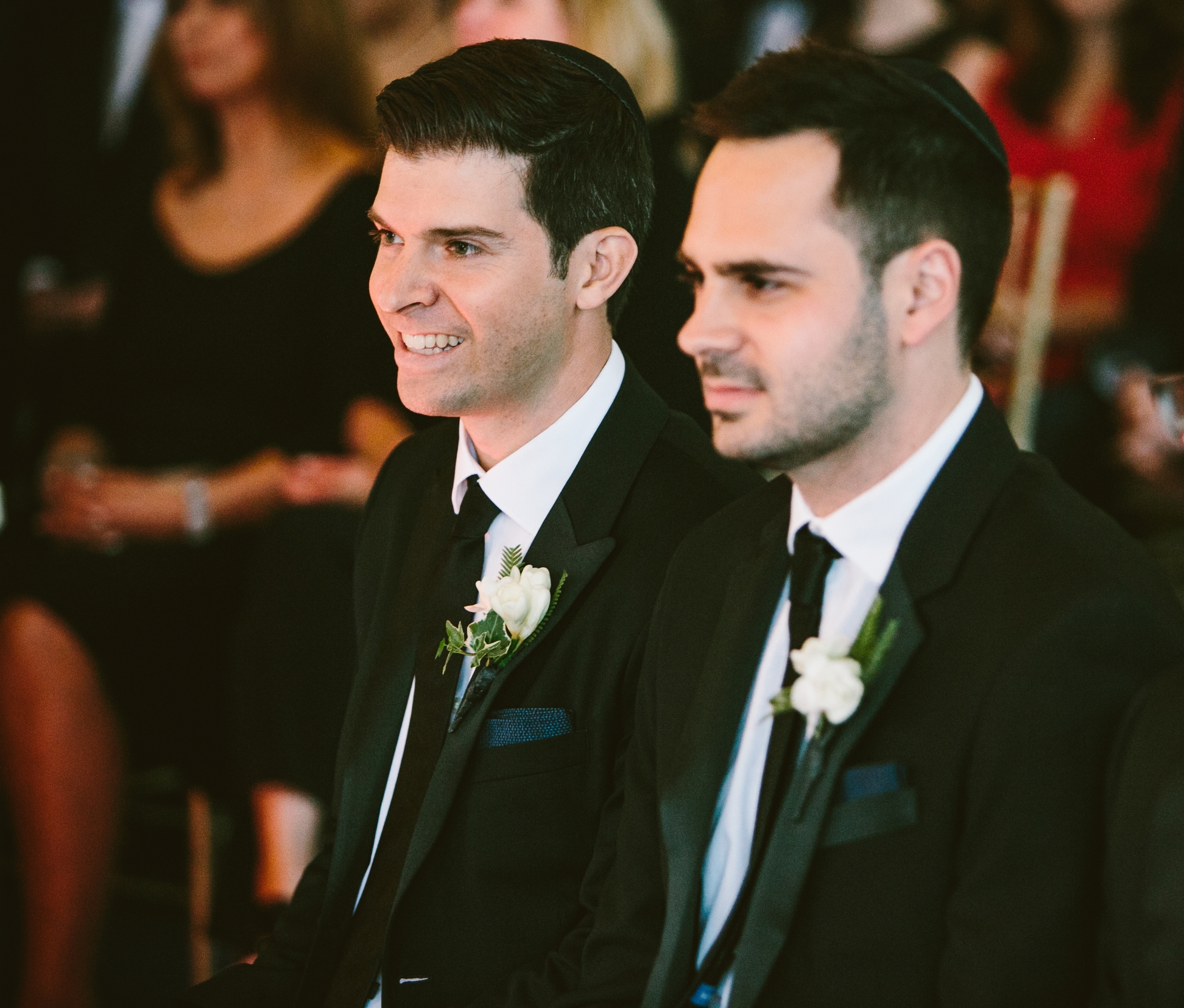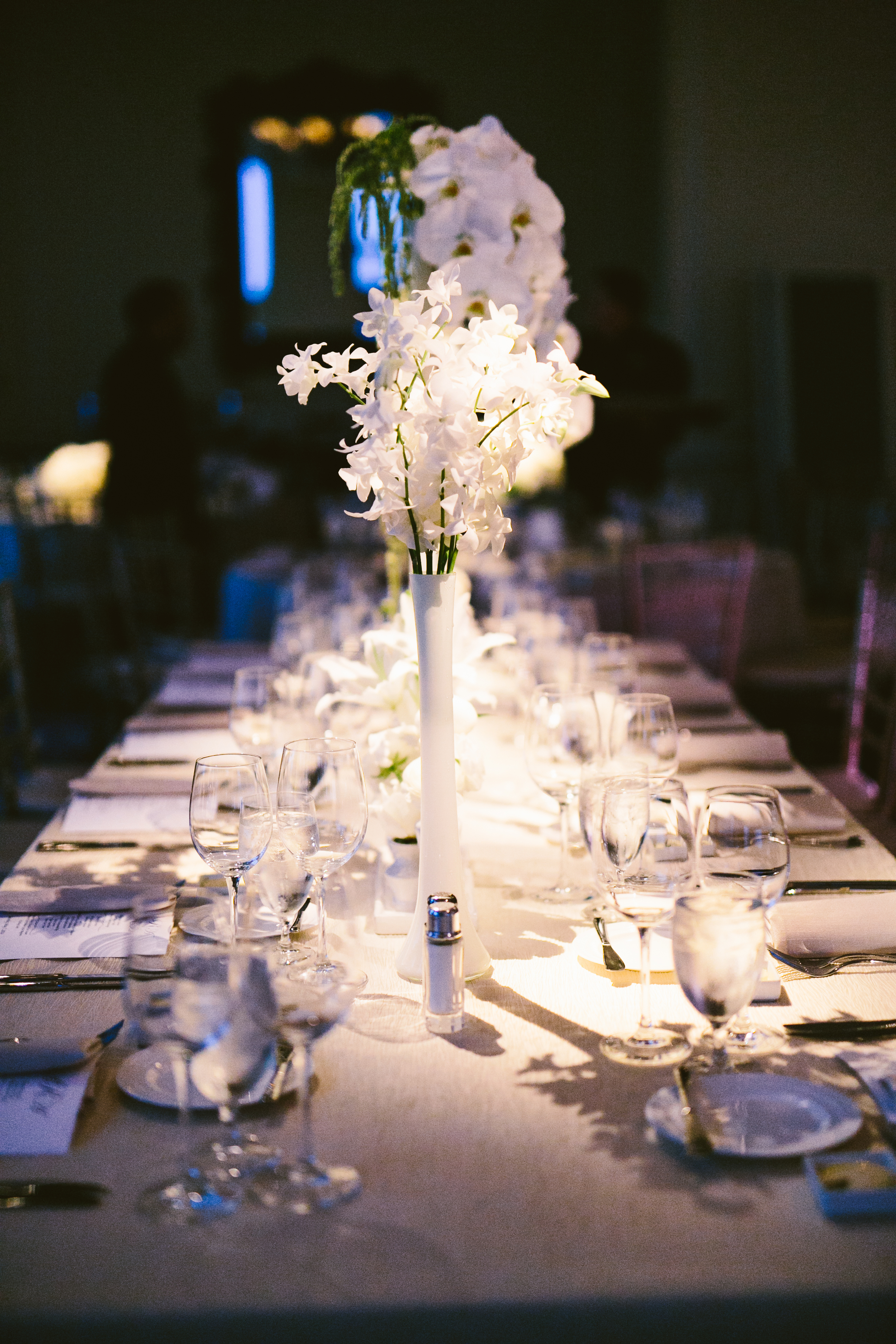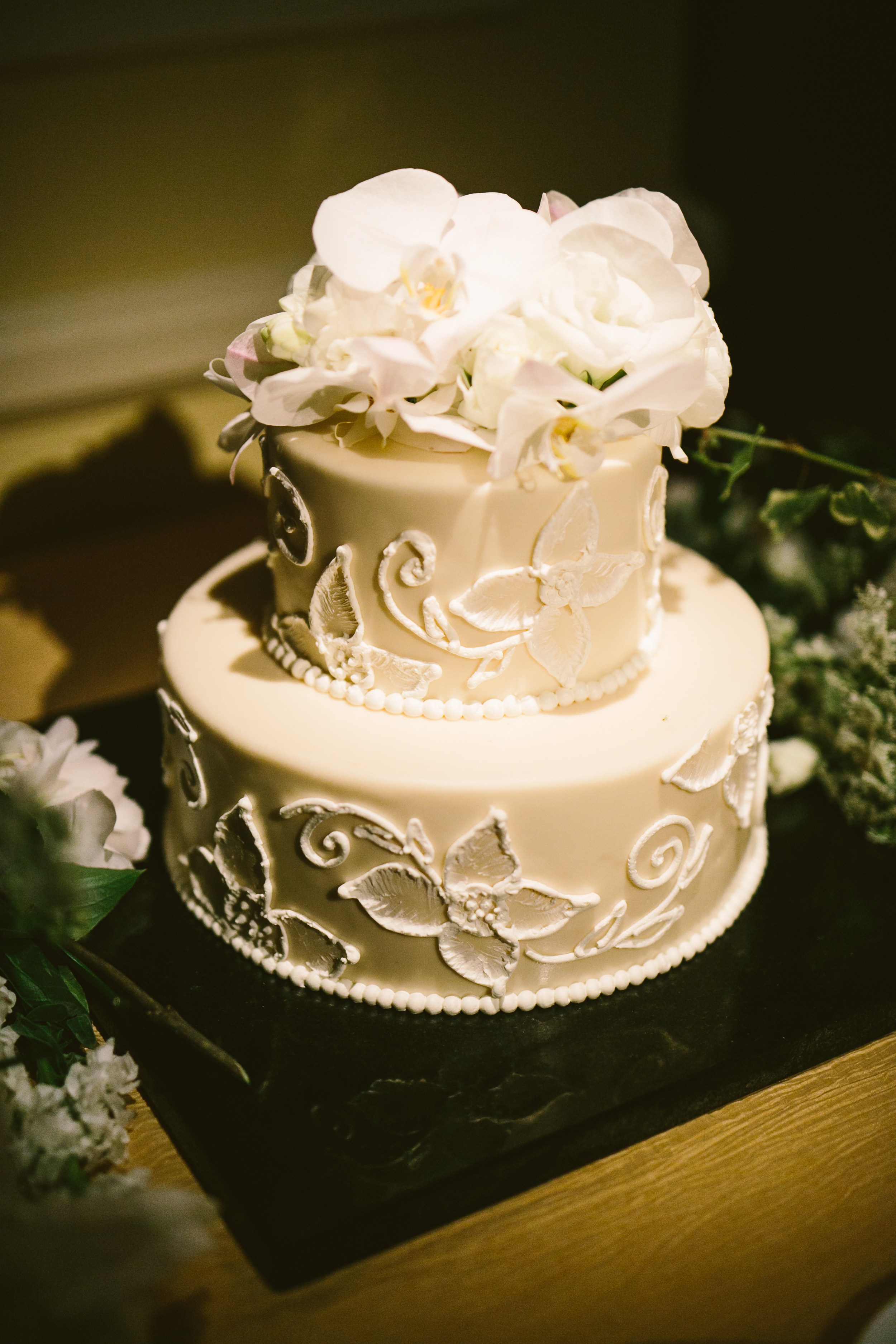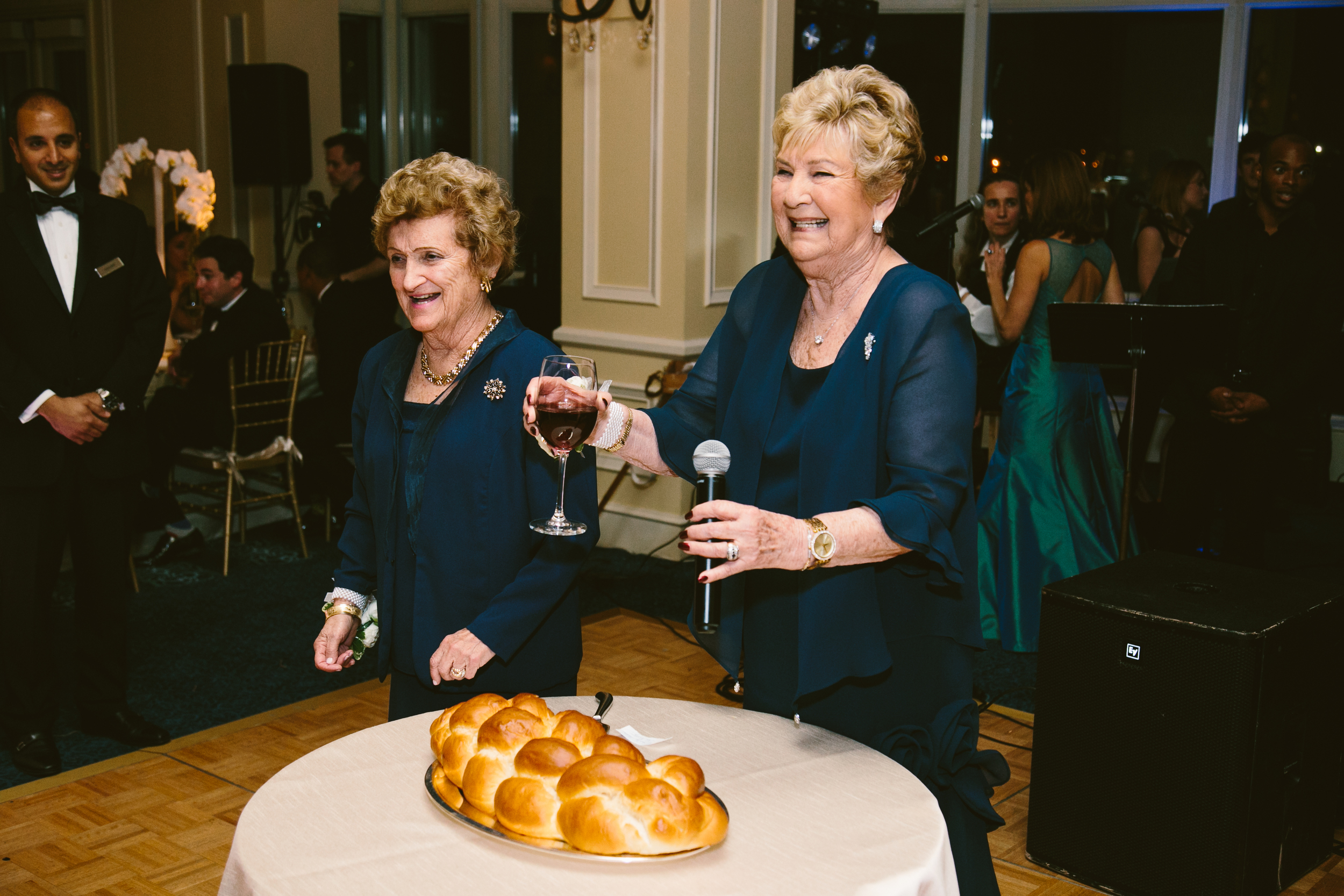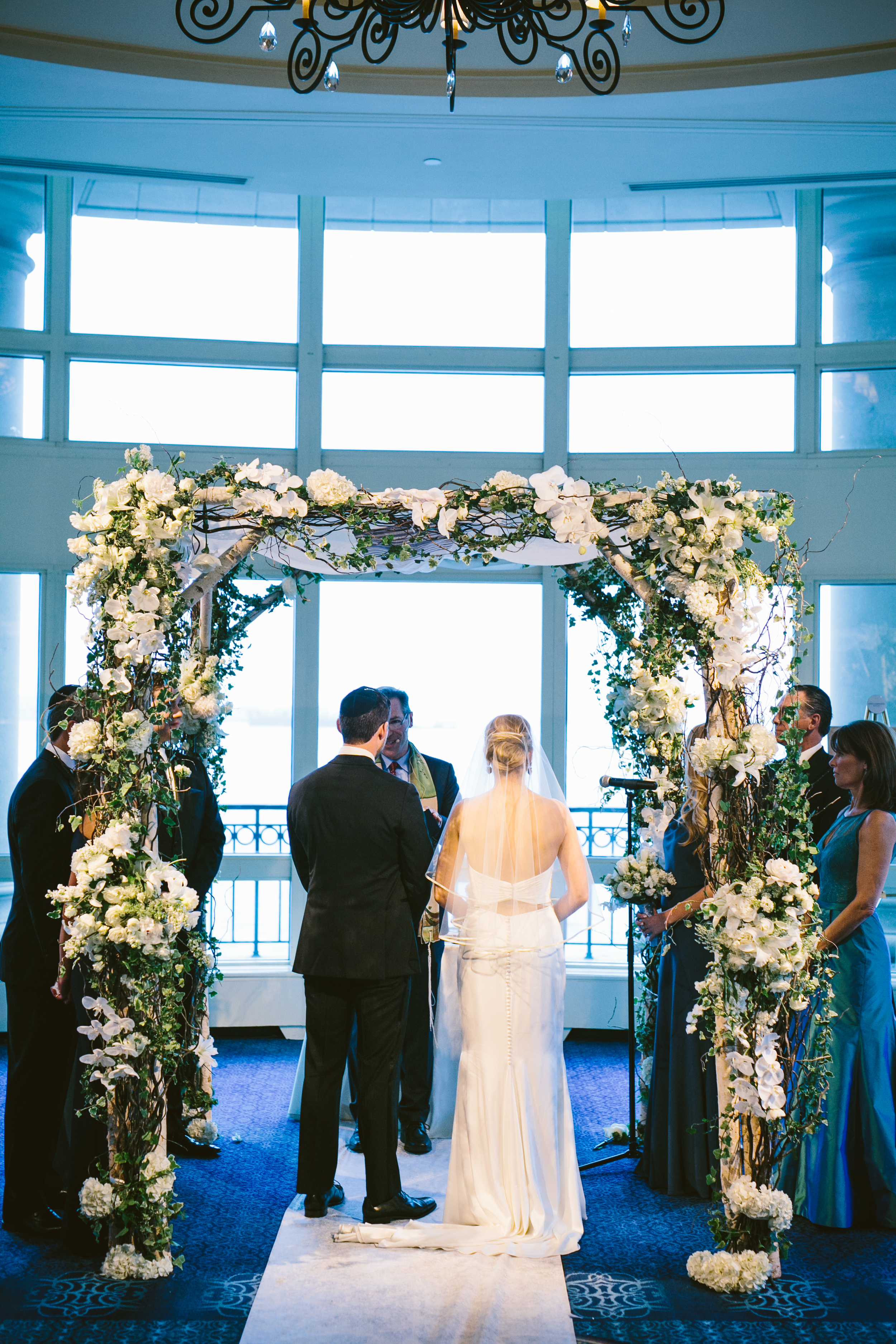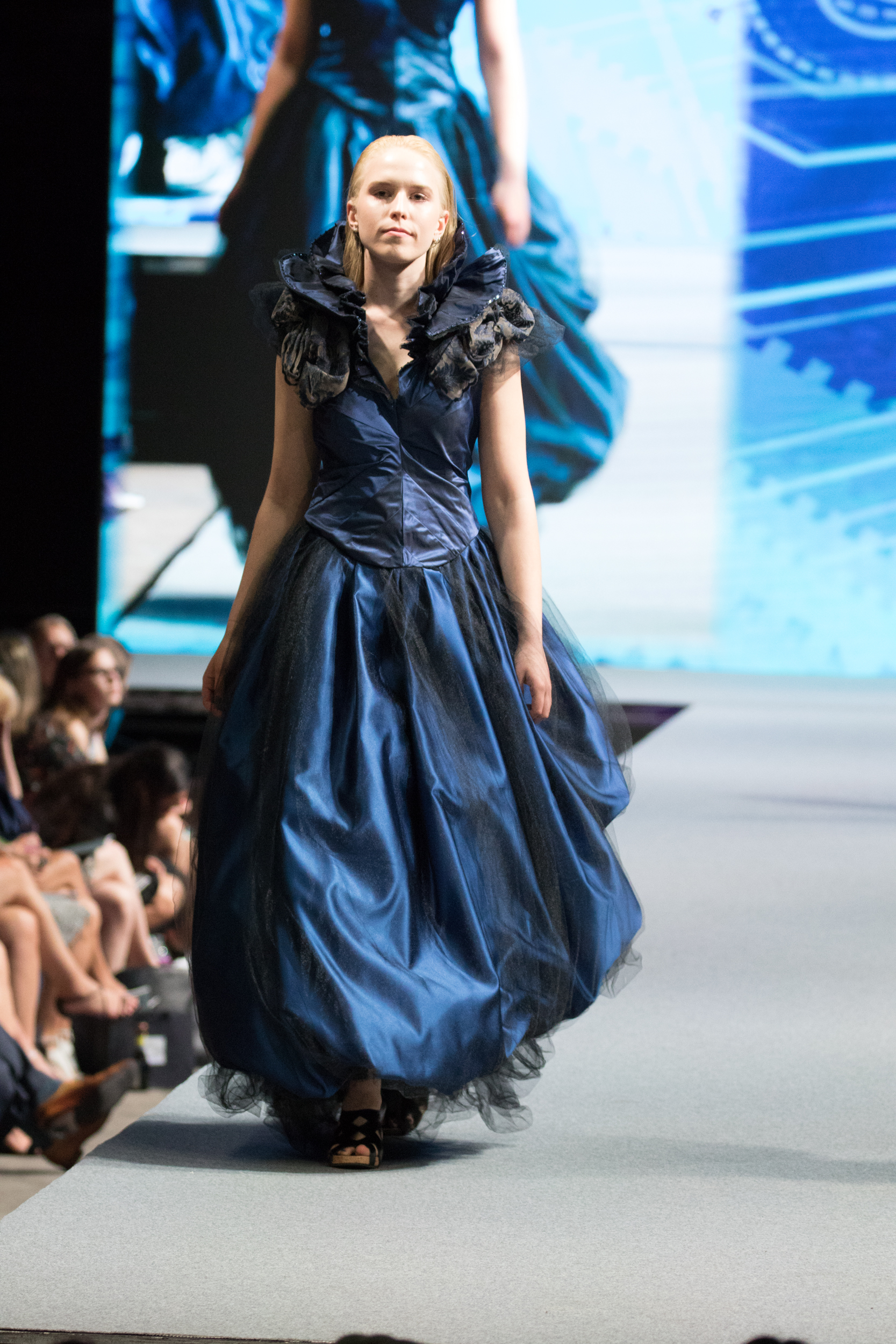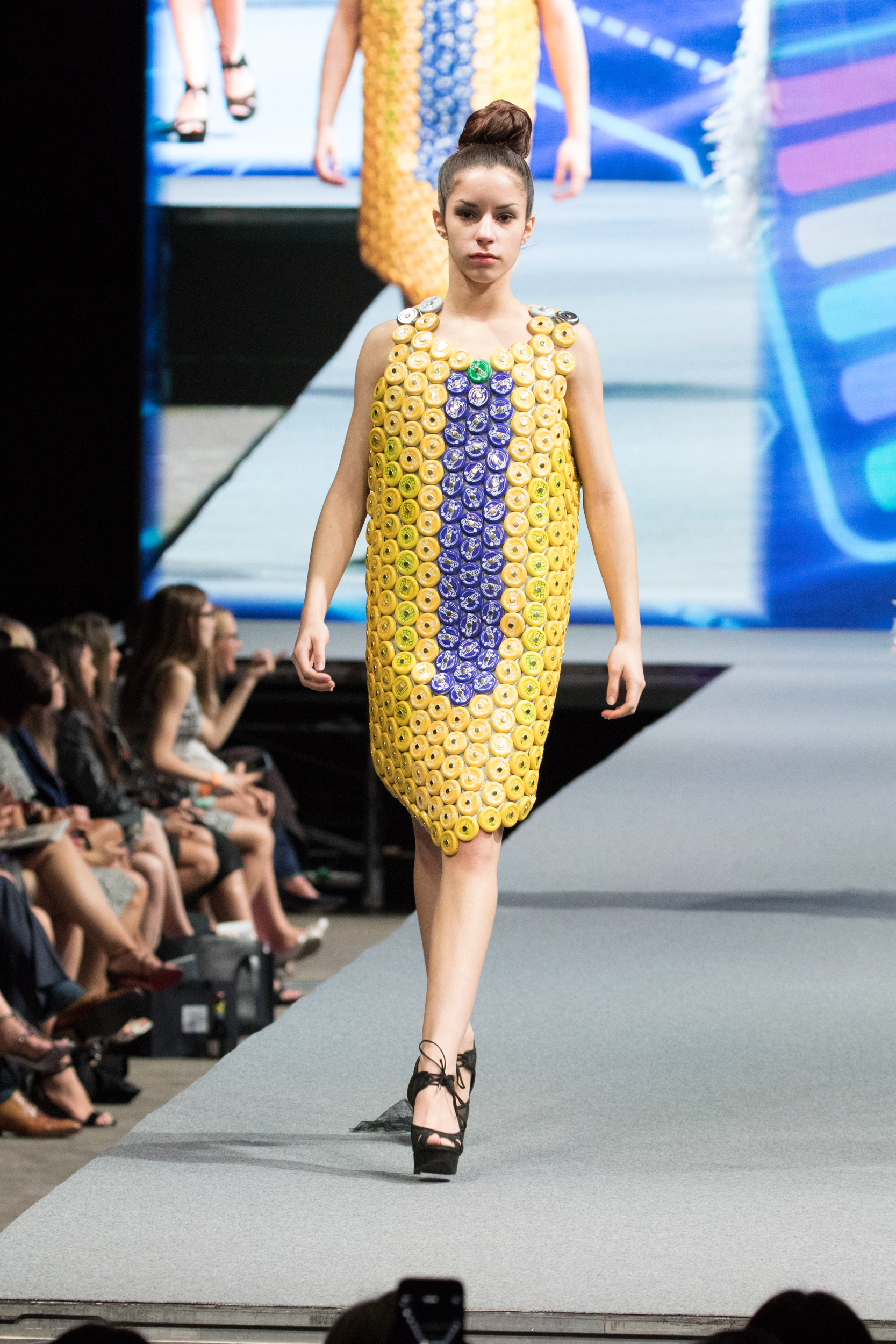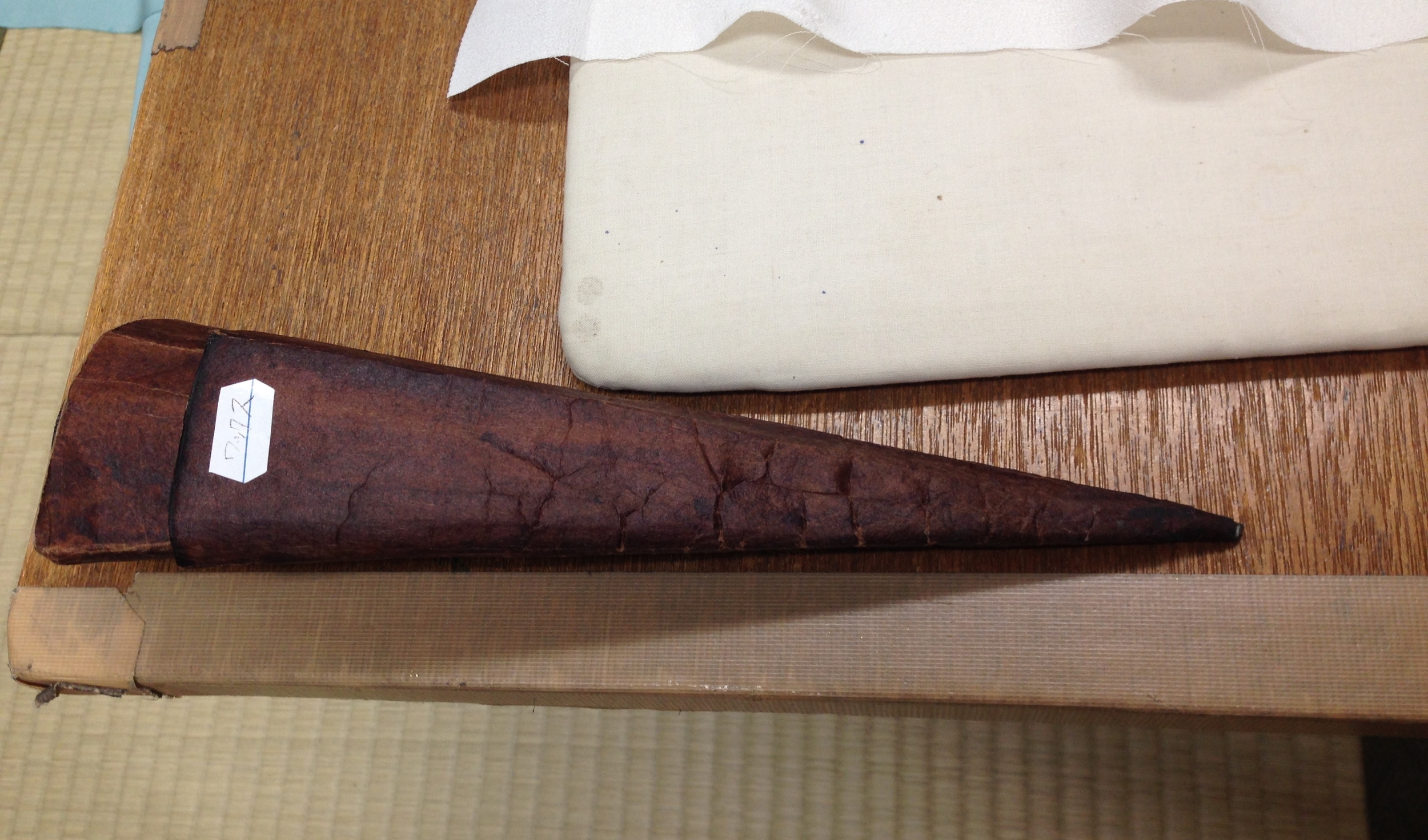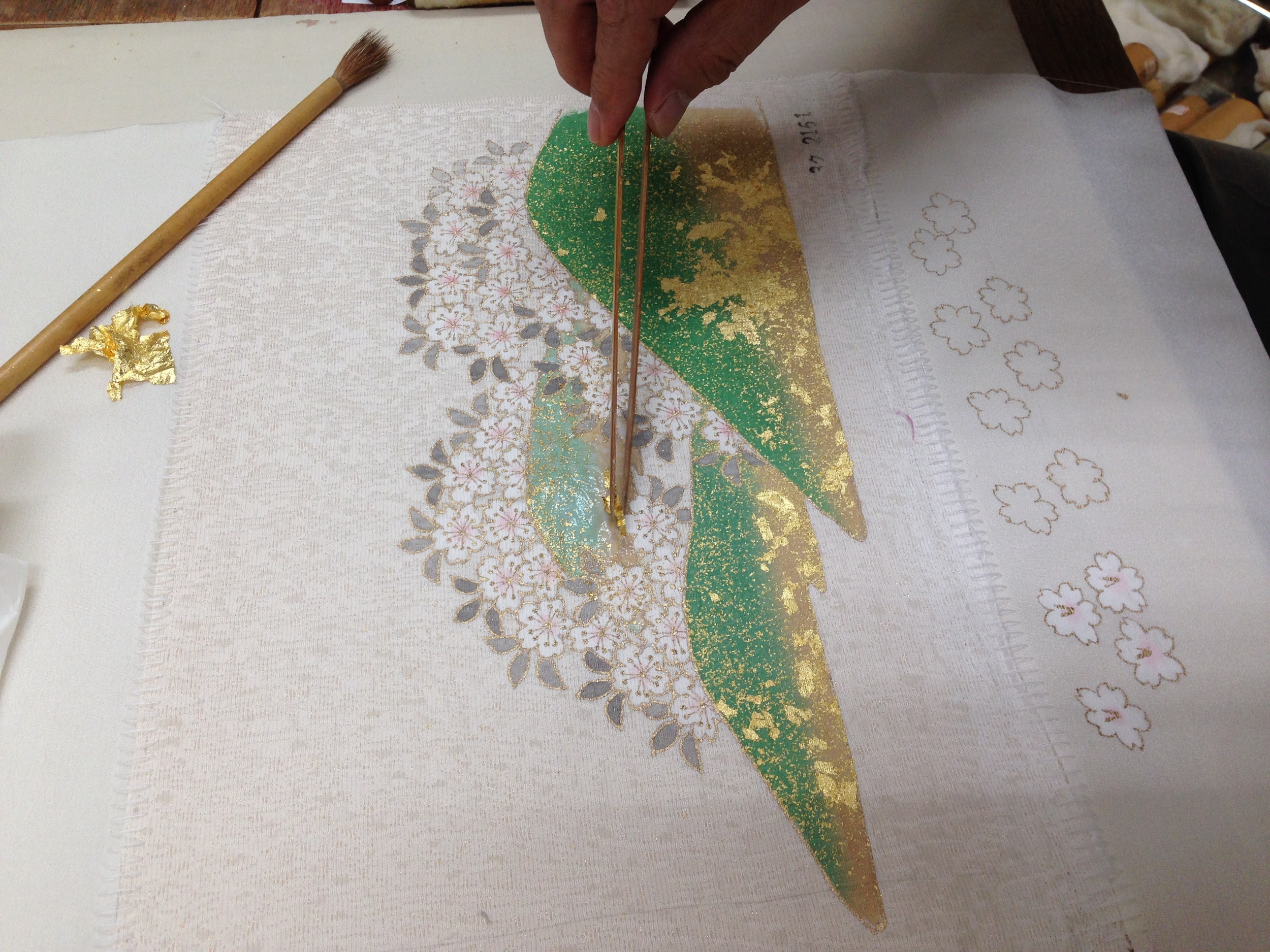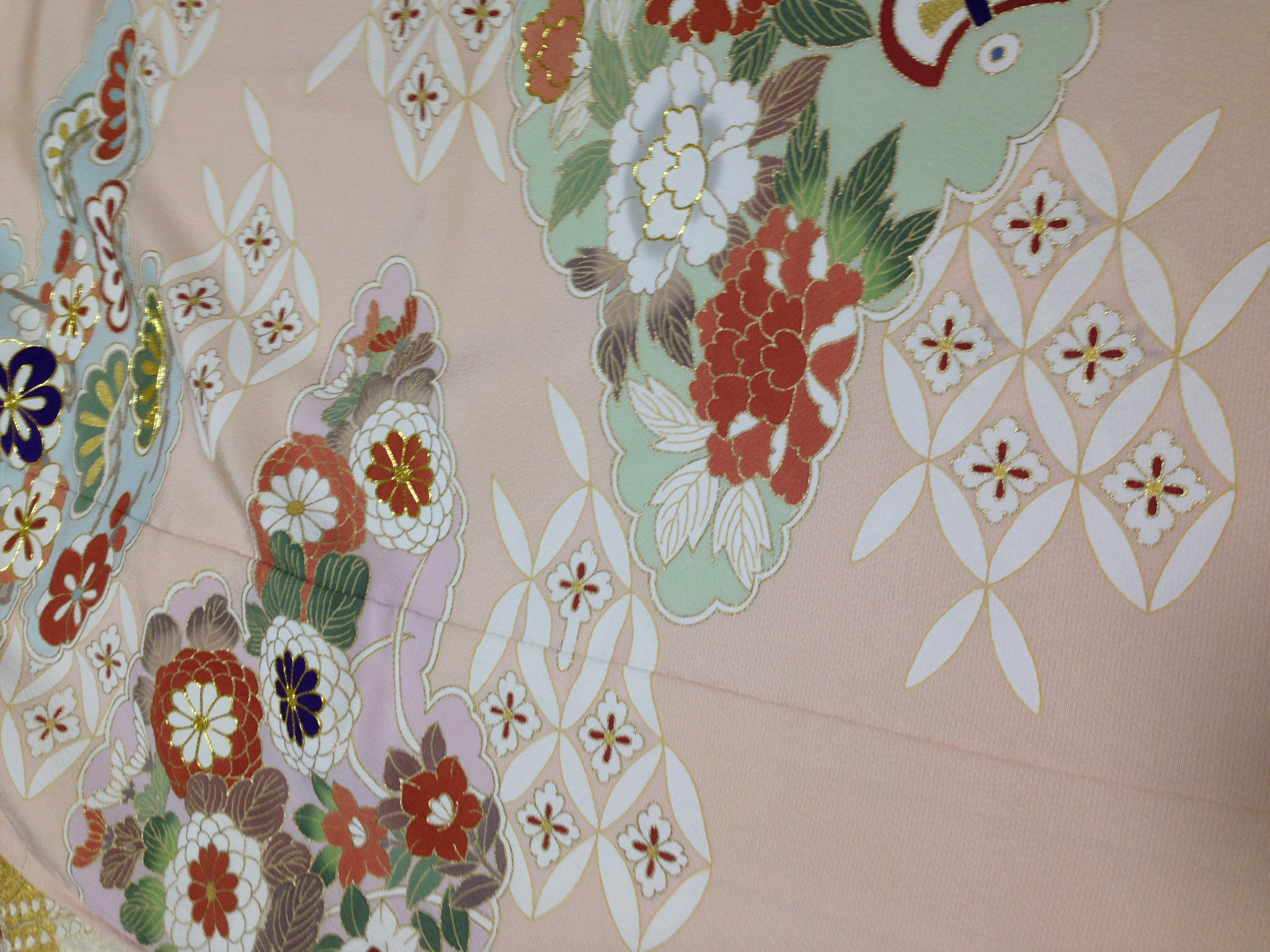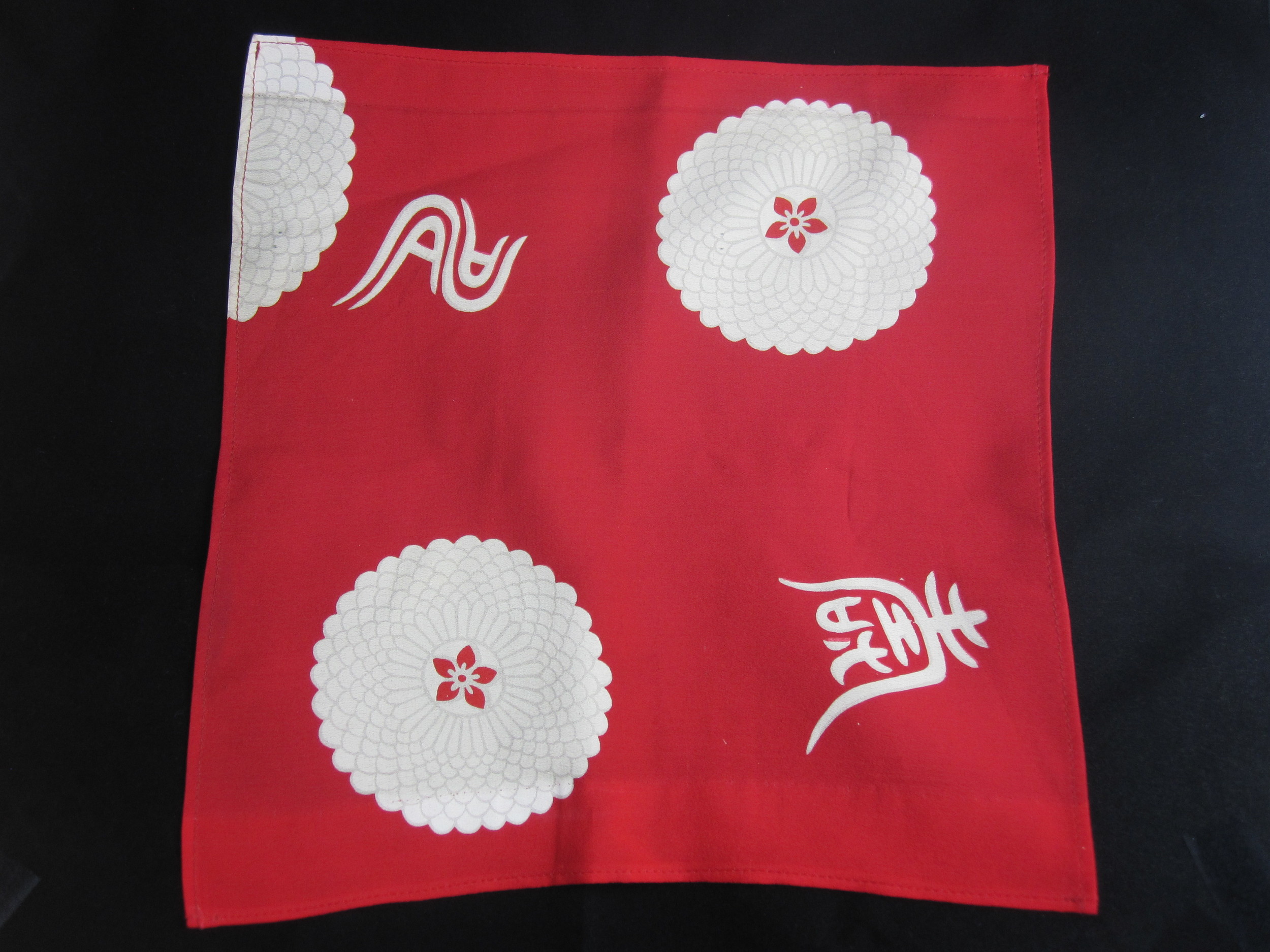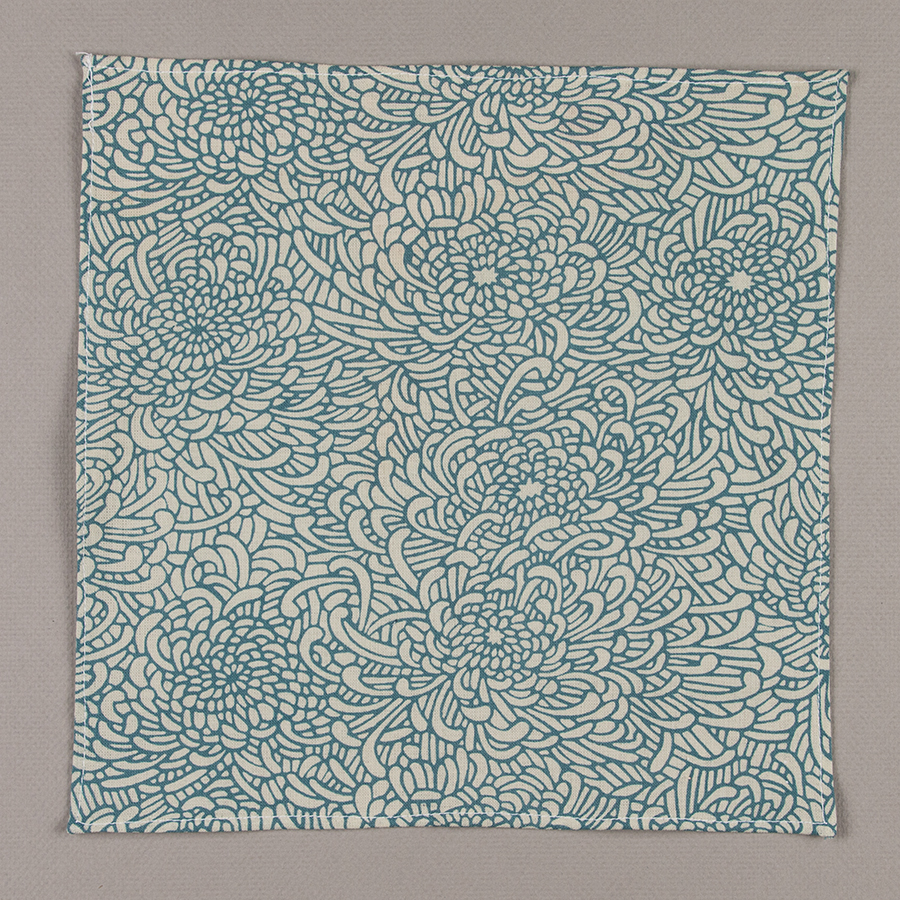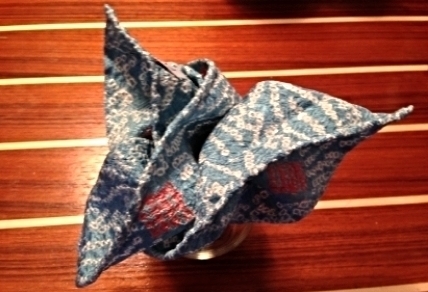No one wishes to hasten a return to the dark mornings, bitter winds and lashing snow that are regrettably attendant aspects of the New England winter. The biggest challenge for dressing this time of year is managing the wide temperature swings that can bring warm afternoons into chilly nights. Anyone with even a passing interest in clothes begins to long for their cold weather wardrobe. Winter - with no blossoming flowers, long evenings or al fresco dining to divert the mind - brings into focus what really matters: and that is the wearing of chunky, tactile fabrics. The winter clothes begin to call from the back of the wardrobe: cashmere, corduroys, flannels and tweeds.
Cashmere
If you want the best and only organic cashmere in the world, you need to go to Mongolia. Cashmere goats live in extremely cold and harsh climates, think -40 degrees winters that can last longer than most places in the world. To survive, Cashmere goats grow long, fine fibers to protect themselves, a third longer than other goats from other regions. Longer fibers equals stronger cashmere. Old school hand combing is the only cruelty free cashmere because shearing goats can be "very stressful" on these goats that have already endured such brutal winters. Even though it takes more time & effort to hand comb, this old-school approach is still the best thing for these goats and the fibers in our sweaters. The harsh geography of this area means that only a very limited number of goats are combed by hand every spring. To make an average-sized sweater, you will need wool from approximately 4 adult goats. Cashmere fibers are some of the only fibers in the world that are hollow. This means that the fiber is very good for blending with other materials, instantly making the material lighter and softer. Cashmere is such a coveted fabric because it is long-lasting and adaptability to temperature due to the high moisture content of the wool. In the winter it will keep you warm and insulated, yet it will ensure you stay cool in the summer.
Corduroys
When it comes to casual winter tailoring, Corduroy is hard to beat. Corduroy is, in essence, a ridged form of velvet, with a “cord” or “wale”. The width of the cord is commonly referred to as the size of the "wale" (i.e. the number of ridges per inch). Both velvet and corduroy derive from fustian fabric. Fustian is a variety of heavy cloth woven from cotton, chiefly prepared for menswear found in the construction of trousers, jackets, casual shirts and suits. A pair of cords is a winter necessity. Wear with chunky knitwear or a tweed sportcoat and you have a foolproof cold-weather ensemble. Pair a corduroy suit with a simple oxford shirt and suede loafers for an effortless look that perfectly walks the line between casual and formal.
Layer with Flannels
Thick flannel shirts are to autumn what crisp white tees are to summer. We like them in heavier, coarser fabrics – made with dyed yarns, not printed, and are a bit more insulating. Layer them open as mid-layers between a thick cotton t-shirt and some outerwear.
The key to shopping for flannels is to look for a Made-in-USA tag, as those are often a bit sturdier with old-school details such as cat-eye buttons, chin straps and chainstitch run-offs. Busy plaids sometimes hide snags and coffee stains until you get them into natural light, so inspect carefully. And when buying online, double-check measurements. The fit on these things can vary wildly, even within the same label. Flannel shirts don’t need to fit perfectly, but they should be in the ballpark.
Tweeds
The tweed’s appeal is undeniably universal. When it comes to winter dressing, it’s hard to find someone who’s not enamored by its charms. Originally produced in Scotland, tweeds are smooth and tightly woven reminiscent of traditional checks. They carry the distinctive colors and patterns of Scottish estates such as bark, moss, and heather. They wear warmer than summer fabrics, making them fit exactly in the middle. These secondary shades complement nicely with a well chosen tie and square. Genuine Harris Tweed is harder to beat in its incomparably rich handle and substantial weight. Genuine Harris Tweed is a tweed cloth that is handwoven by islanders at their homes in the Outer Hebrides of Scotland, made and finished from pure virgin wool dyed and spun in the same location. This definition, quality standards and protection of the Harris Tweed name are enshrined in the Harris Tweed Act 1993.

















